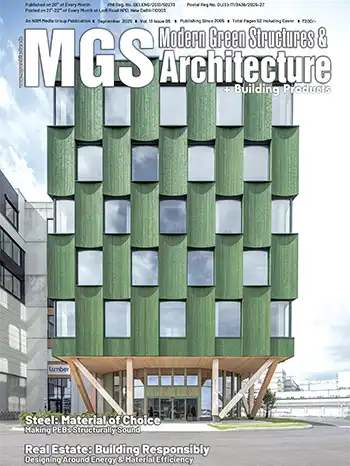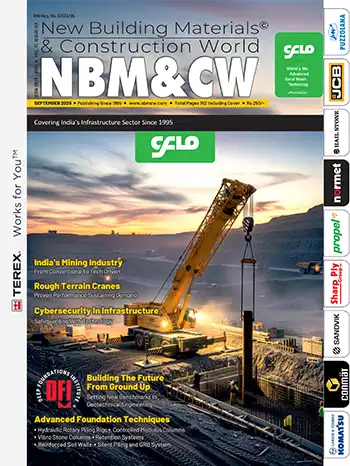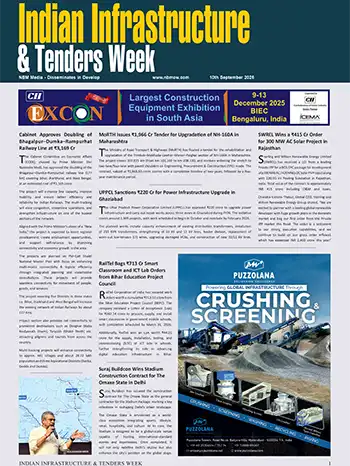The three factors that extensively determine the overall design of office spaces are brand identity, office culture, and typology. The room’s colour scheme can be based on the firm’s brand identity, whereas the planning depends on how a company functions. The office’s purpose can be either a ‘meet and greet’ space, a collaborative zone for different verticals of the firm, a team working space, or a creative workspace for a flexible-schedule team of thinkers. So, based on the purpose, the planning and layout are determined.
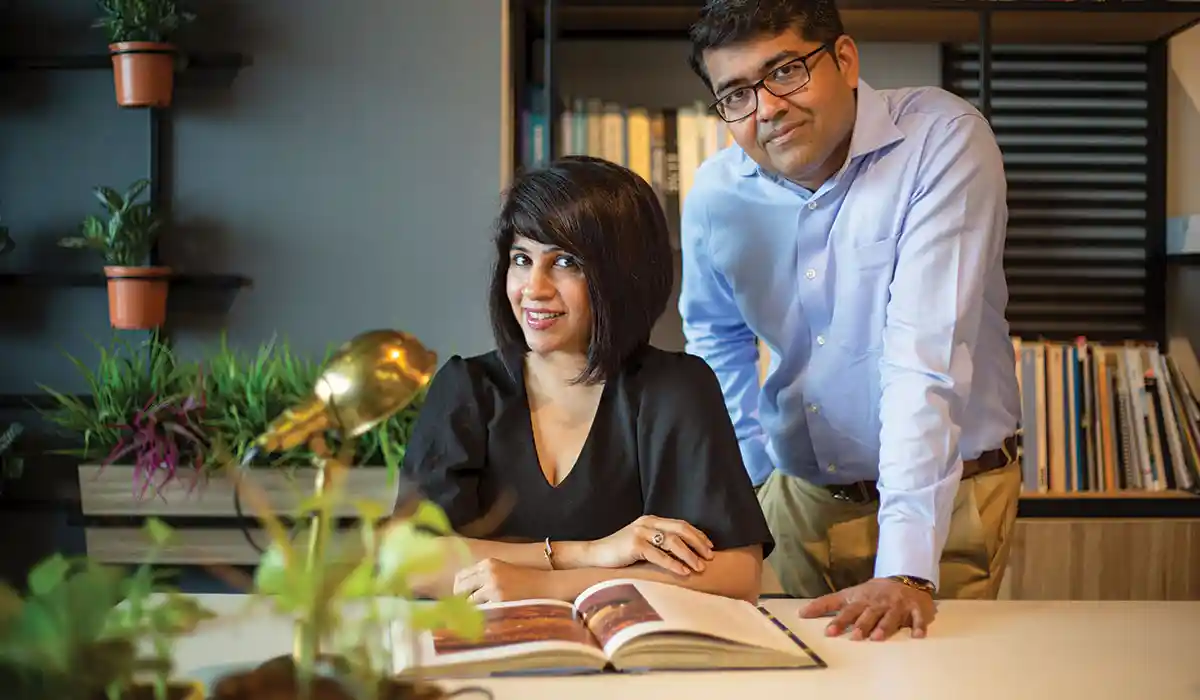
The material and furniture selection of offices is highly dependent on the timeline of the space’s occupancy and if the property is self-owned or leased. The company’s budget for its office’s interiors also significantly influences the design scheme.
Design & aesthetics
Design and aesthetics enhance an office space from a functional area to an experience that evokes emotions. A space that inspires is conducive to a creative environment; hence, aesthetics play a vital role in creating it.
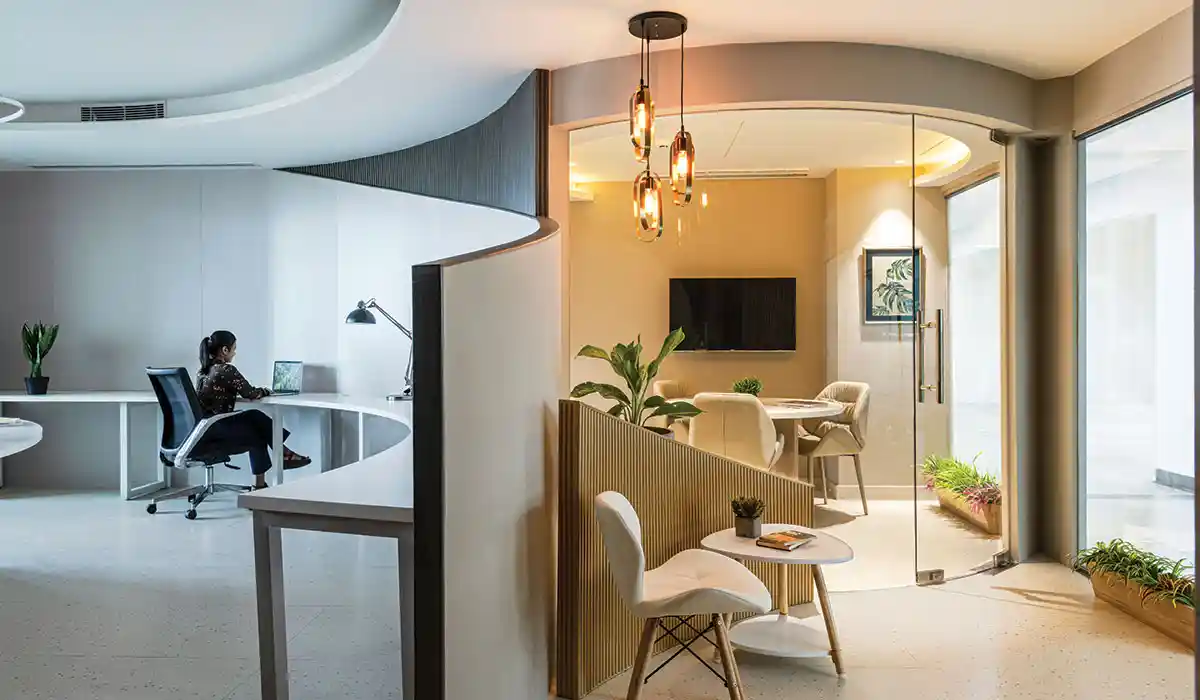
Design and aesthetics also promote inclusivity by recognizing and being sensitive to the different user groups in the office, for instance, is the space functional and comfortable for all genders and age groups by considering the challenges they face daily? This sensitivity is mandatory in helping each employee work at his/her total capacity.
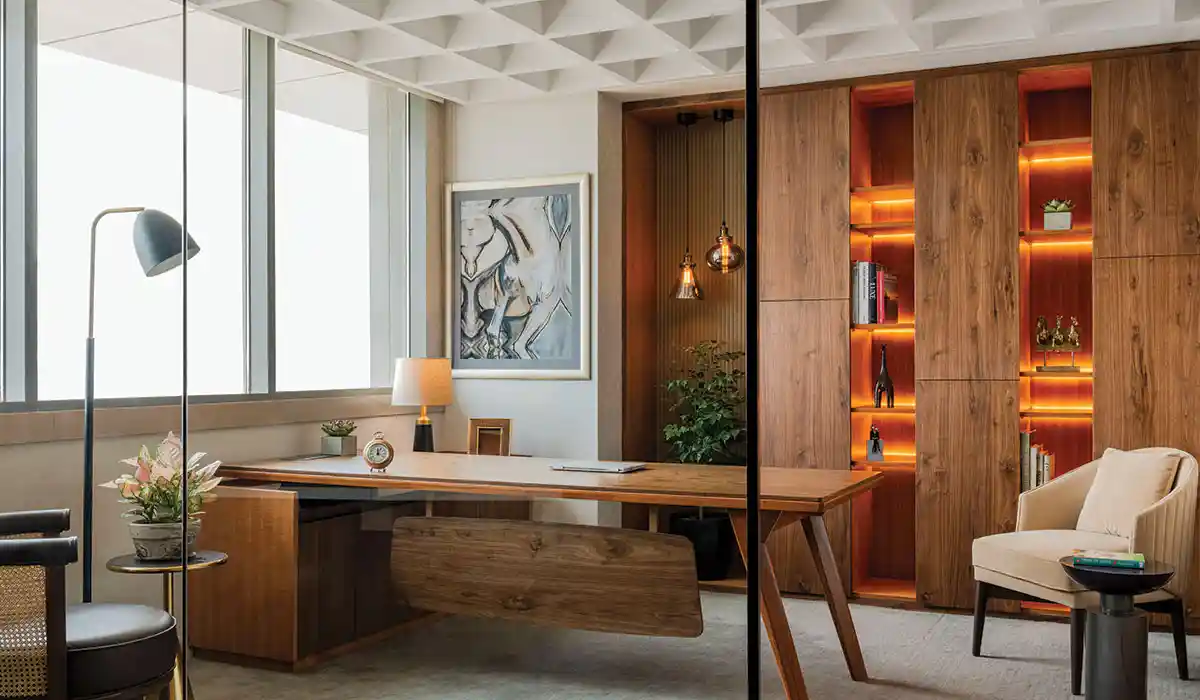
Integration of technology
To build a well-integrated workplace, technologies like Cloud tech are gaining importance. They make data accessible over a variety of devices through cloud software. For example, jamboards save a meeting’s details or discussions to a phone or desktop, a phone that connects to a presentation device, or data of an employee working in hybrid mode. Also, SAAS (software-as-a-service) platforms allow people to access software from anywhere on a personal device without compromising on the data.
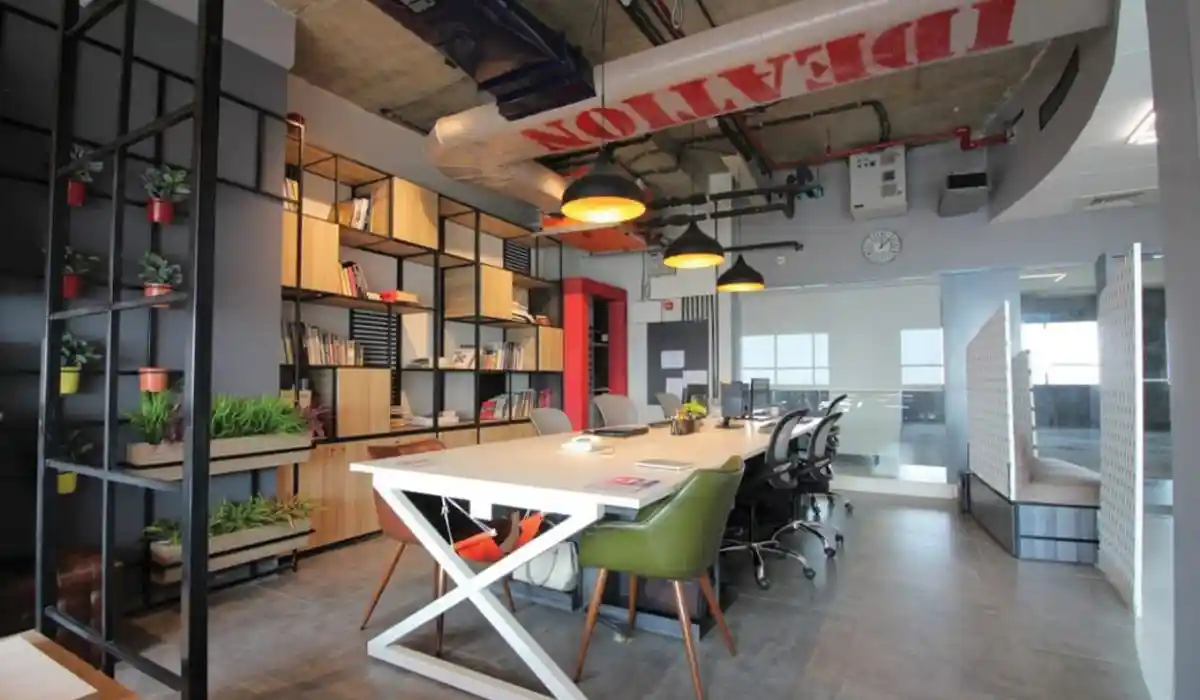
Customization
The trend is to not fall for a trend! Instead, the designer should think about the office space and develop customized solutions depending on the workforce’s needs. Collaborative spaces, flexible workstations, and a hybrid office model are the need of the hour. The demand and desire to pile on workstations have given way to interactive zones connecting the remote worker.











